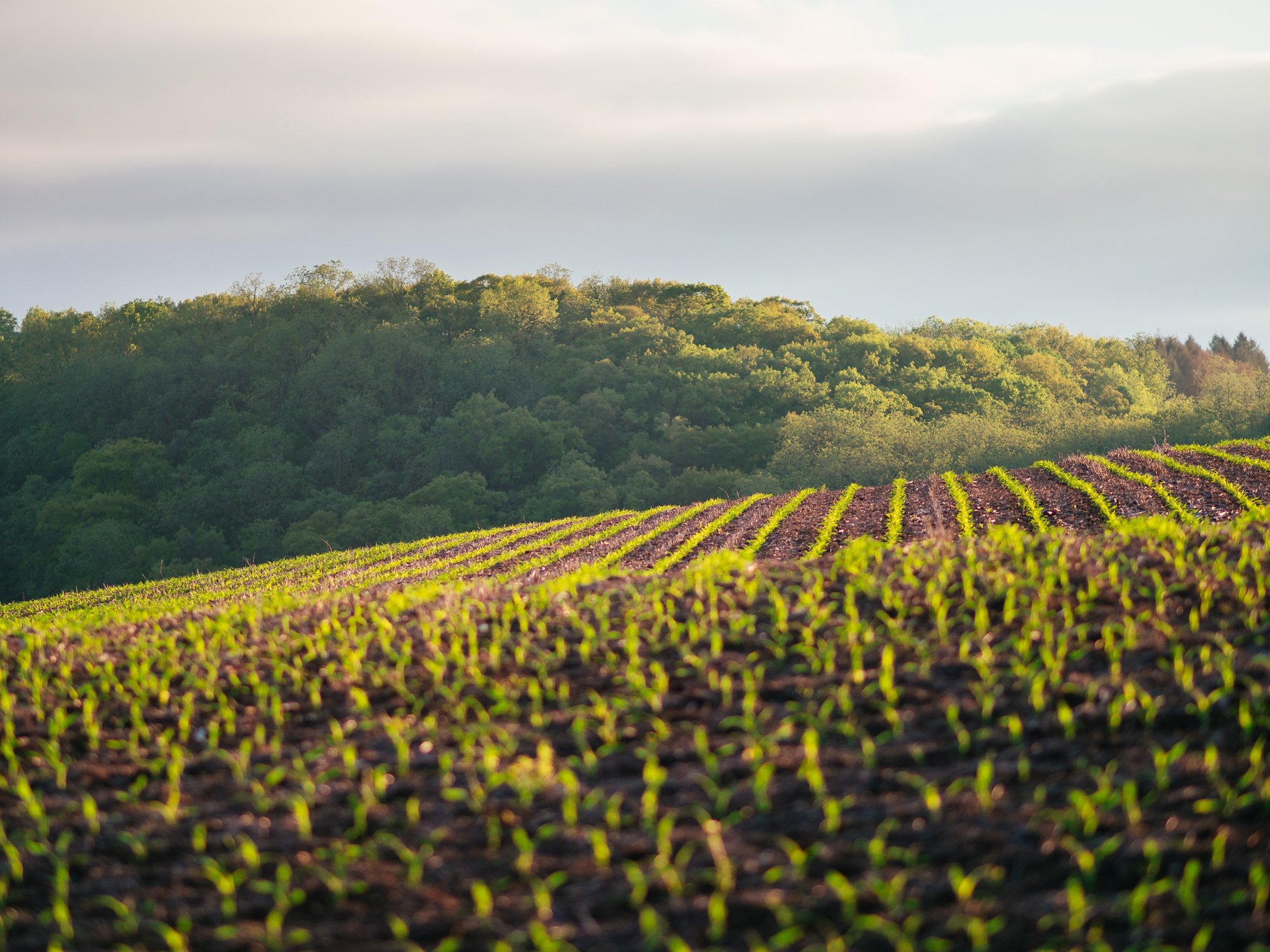
A circular approach to food waste
Enrich the Earth
The ability of the Seahorse team to understand a complex brief, create a set of coherent policy asks that match government ambitions and bring together a diverse and influential partnership of supportive organisations has been impressive. Working with them has been a joy as they have been professional, responsive and easy to work with.
Trewin Restorick, Advisor at Enrich the Earth
Agriculture | Circular Economy | Campaigns strategy | Public affairs
Context
It is estimated that over 80% of our household food waste is effectively ‘lost’ to incineration, landfill, or simply flushed into our sewers. Enrich the Earth is a coalition of organisations campaigning to rethink how we handle this food and garden waste and highlight the opportunities of turning it into nutrient-rich compost to reduce reliance on chemical fertilisers and peat, improve soils, and reduce emissions.
Our activity
Enrich the Earth approached Seahorse to develop a political strategy that would ensure the campaign’s asks were directly aligned to the newly elected Labour government and to enlist the support of other stakeholders in the sector to coalesce around these asks.
We conducted in-depth research and interviews to shape the campaign's policy positions, ensuring that the campaign presented a realistic set of ambitious policy asks which had broad cross-sector support. We developed a range of campaign assets and briefings and launched these proposals with a series of comment pieces from political and environmental supporters.
Our impact
We secured the support of 15 stakeholders across different sectors for a joint position statement.
Our effective political strategy and framing has enabled us to engage with Labour’s environment campaign and Farming Minister Daniel Zeichner has agreed to participate in a roundtable Enrich the Earth partners.
Thanks to our effective framing and engagement strategy, Enrich the Earth is also advising Defra’s Circular Economy Taskforce on how it can facilitate the circular use of biowaste materials.























